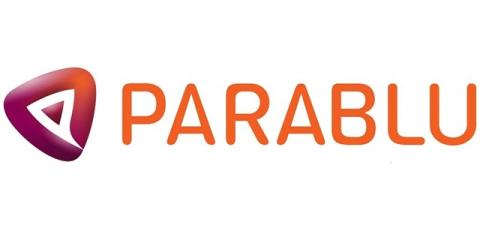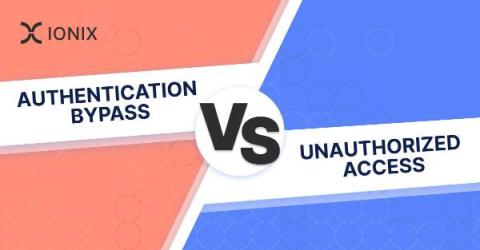Separation of Duties - Data Privacy and Security
Security and privacy often get conflated even though they are quite different things. When it comes to digital assets, security is often associated with organizations, while privacy is associated with individuals. The truth though is that both are important elements in any digital strategy and can impact both individuals and organizations.








